
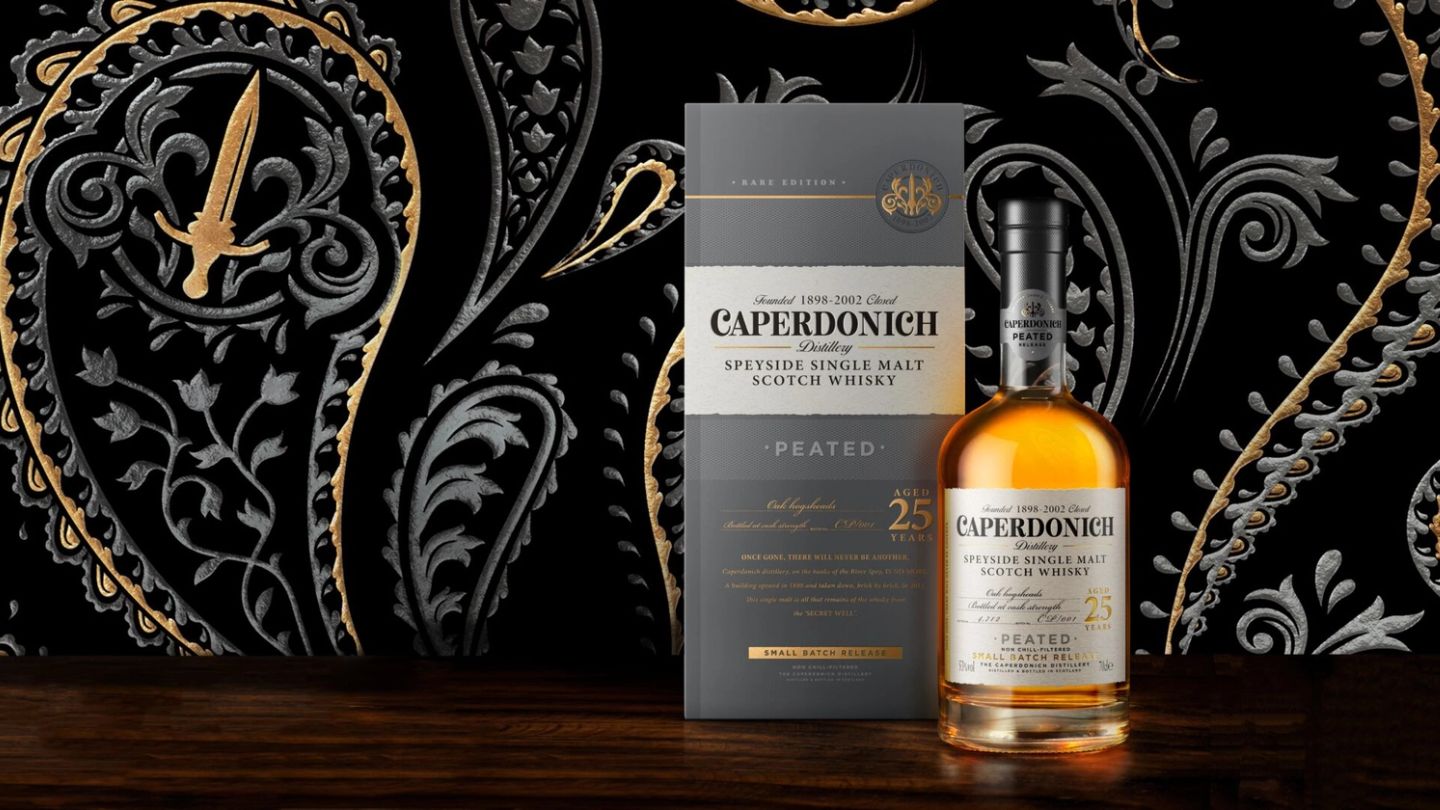
We tasted the Caperdonich 25-Year-Old Peated, the last whisky of its kind
A key bottle in the Secret Speyside Collection, this smoky Scotch is the last available single malt from a vanished distillery
“We’re very lucky here on Speyside,” says whisky expert Ian Logan over a Zoom call. And he’s right. Take it from someone who’s been stuck in London for the past six months. The wilds of northeastern Scotland seem like a world away. But Logan isn’t talking about the landscape. He’s not talking about the nature, the freedom or the lovely peace and quiet. No — he’s talking about water.
“It’s very good quality,” he nods. “In London, what’s coming through your taps might be a little different. But, as long as its room temperature, I’d still always advocate adding some water to your whisky. Especially if it’s an older whisky — it’ll bring back some life and give it some sparkle.”
Thankfully, the Caperdonich 25-Year-Old Peated has a lot of life waiting to be awoken. Part of wine and spirits company Pernod Ricard UK’s Secret Speyside Collection, it’s a bold Single Malt — and hails from the Caperdonich distillery. The distillery’s name translates from Gaelic to ‘secret well’, and it’s as mysterious as it sounds. Why? Because Caperdonich is a ‘vanished’ distillery.
“Caperdonich has a brilliant story,” Logan agrees. “It was first built back in 1898 by Glen Grant — as a back-up distillery to their main one over the road. It closed soon after, when there was a huge whisky crash in the years leading up to the 20th Century.”
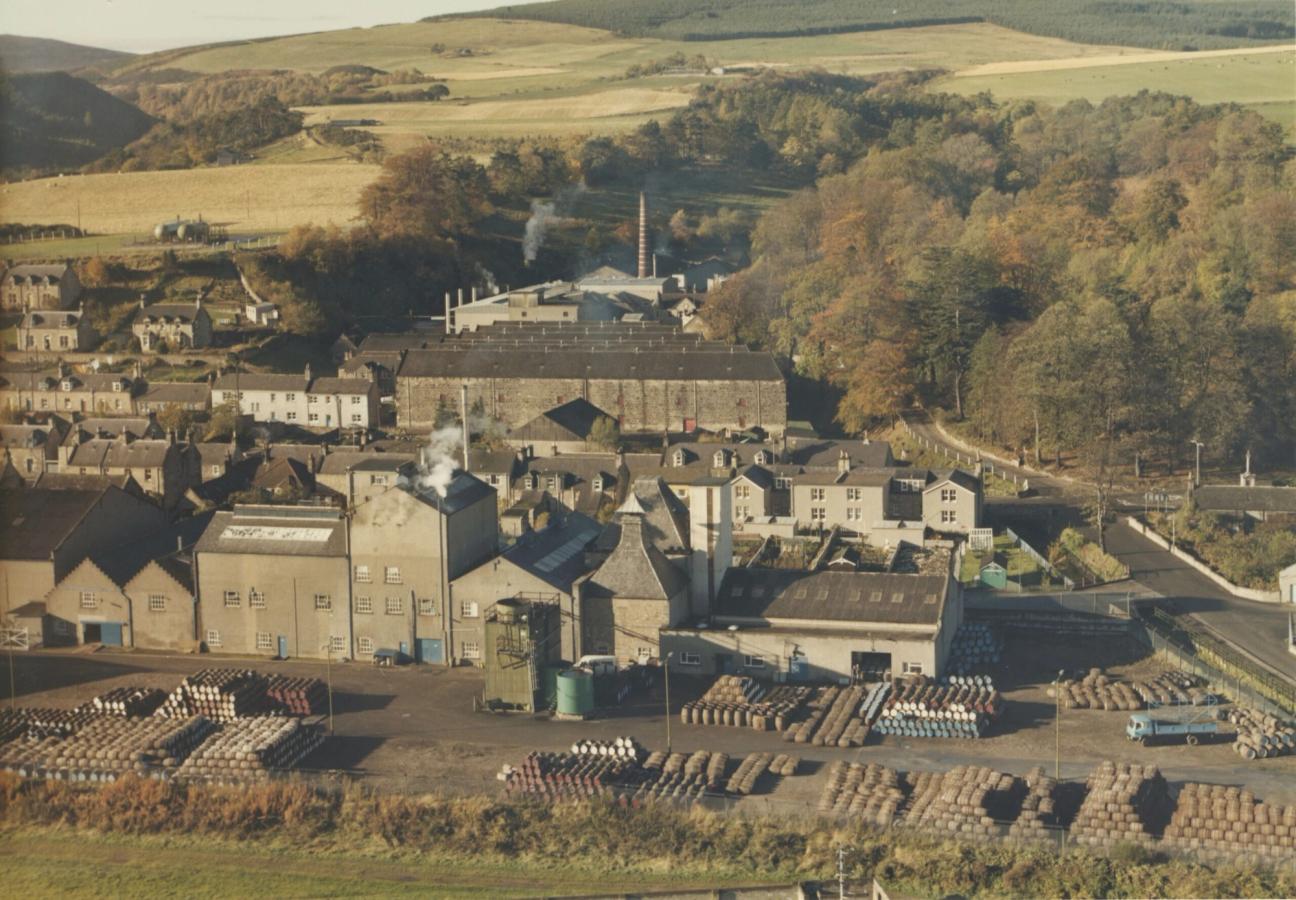
Caperdonich Distillery
“But,” Logan adds, “by the 1960s, it had opened again. And Caperdonich did things a little differently to others on Speyside, such as making peated whisky. Unfortunately, by 2002, it was closed again. And, in 2011, demolished. Only a small footprint remains on the site today.”
It would be a sad story — if there was nothing to show for the distillery’s innovative efforts. Luckily, the Secret Speyside Collection chose Caperdonich as one of the four distilleries worthy of resurrecting, celebrating and bottling. The range is Pernod Ricard UK’s largest Single Malt collection to date, comprises spirits that vary in age from 18 to 30 years, and collectors can now hunt these down in the UK — if they haven’t yet had the chance to pick them up at duty free.
There are three individually-numbered rare Single Malts from each of the Glen Keith, Longmorn and Braes of Glenlivet distilleries, and then six expressions from Caperdonich alone — three peated and three unpeated. The peated Caperdonich 25-Year-Old, the bottle I’m eagerly awaiting Logan’s go-ahead to open, is in our opinion the jewel in the collection’s crown.
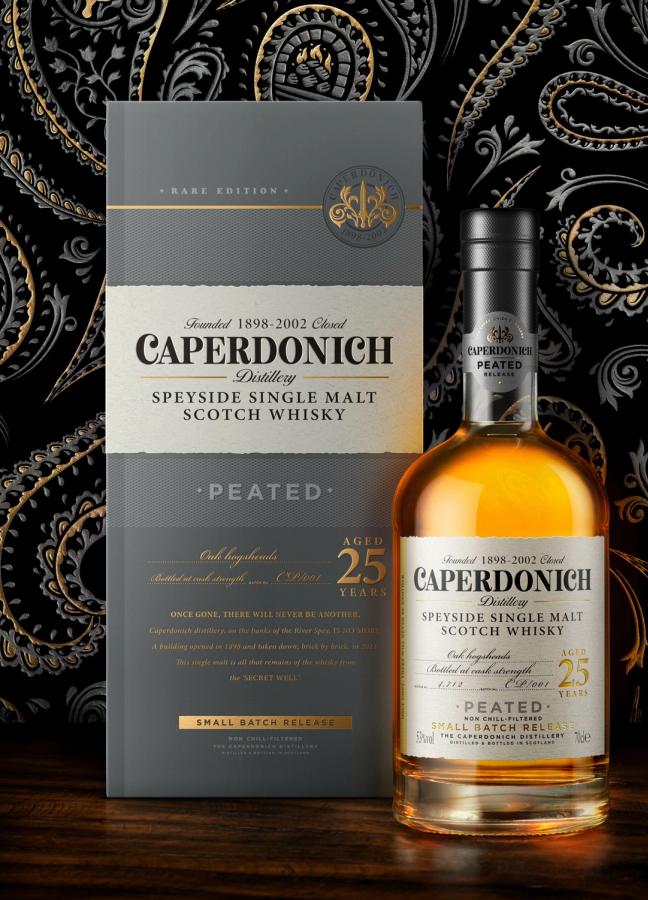
“Just look at that age statement,” Logan says, gesturing at the bottle’s label all the way from his home in Elgin, Moray. “It really is more than a number. It’s liquid history. Just ask yourself; what were you doing 25 years ago when this was created? Do that, and you’ll start to see and understand the evolution of this whisky.”
It really is, as Logan puts it, liquid history. This whisky has been sitting in a cask for a quarter of a century — unknowingly earmarked for us lucky few over two-and-a-half decades ago. The stories that formed the distillery have impacted upon it, the legacy of the now-demolished brand lives on inside the bottle and the finished product is the result of years of work. Because creating something this old, says Logan, takes more than your average waiting game.
"What were you doing 25 years ago when this was created?"
“It’s a balancing act,” he explains. “We lose about 2% of volume from the cask in the warehouse every year, which we call the ‘angel share’. But we can also lose alcohol strength — up to about 0.3% annually. And, if we let it drop below 40%, it’ll no longer officially be Scotch whisky.
“So yes, once it gets to a certain age, it gets checked in on really regularly. We’ll be there maybe three or four times a year. You don’t want the alcohol to drop, you don’t want the cask to give it too much flavour — but you still want to taste the flavours of the original distillate. And that’s the art of the distiller; to be able to balance everything together.”
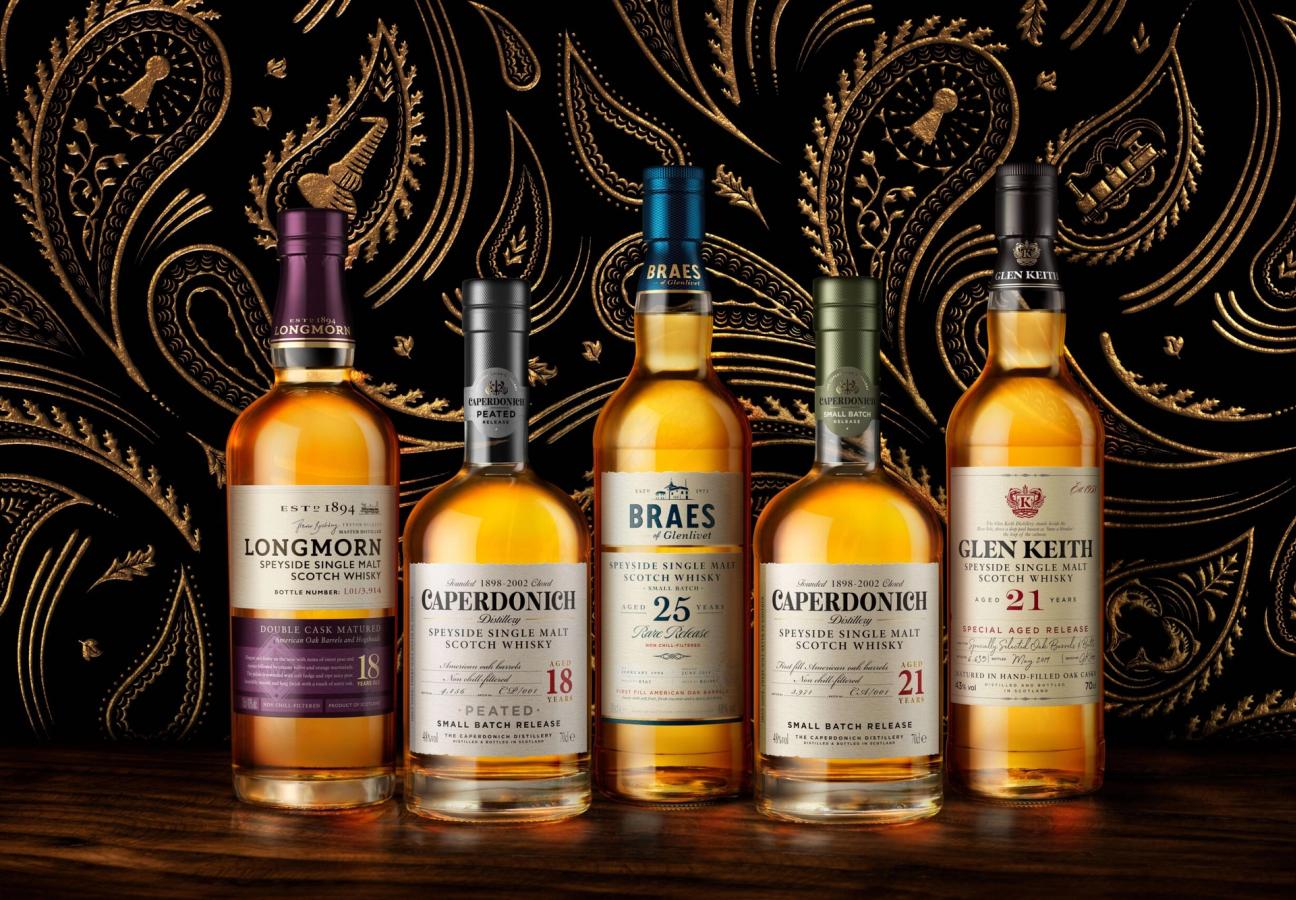
A selection of the Secret Speyside Collection
Finally, Logan gestures to the bottle and gives me the nod to uncork it. “Best sound in the world,” he laughs as it pops open. And immediately the aromas come. Officially, the Caperdonich 25-Year-Old Peated has rich notes of peat smoke, balanced by green apple and sweet pear. I’ll taste bonfire aromas, say the tasting notes, and a hint of salt, before enjoying a long, smooth finish.
“You’re looking for sweet, juicy, fruity notes,” Logan continues to advise as I take a sip. “Think pears, apricots, ripe fruits. And the peat we cut comes from North Aberdeenshire, so you should also get a sweet smokiness — like a grass fire smokiness.”
There’s all that and more. After adding the recommended splash of water, there’s a slight heat, the alcohol is softened and more flavours start to swirl around. There’s a tang of seaweed, and the faintest note of fragrant heather. Everything, from body and richness to smoke and sweetness, is perfectly balanced. Available now at The Whisky Exchange for £450, you should pick up a bottle and taste for yourself. Because it is, as Logan says, a complex but incredibly well thought-out whisky.
“And that’s because, though the distillate coming off the still has a lovely fruitiness to it,” he explains, “that peat adds this next layer of depth, another level of complexity — especially when coupled with the age. You know, when I was trying to work out the peating levels for it, I thought: ‘That’s easy, I’ll just ask someone who worked there’. But that was 25 years ago, so I suddenly wasn’t even sure if any of them would still be alive!”
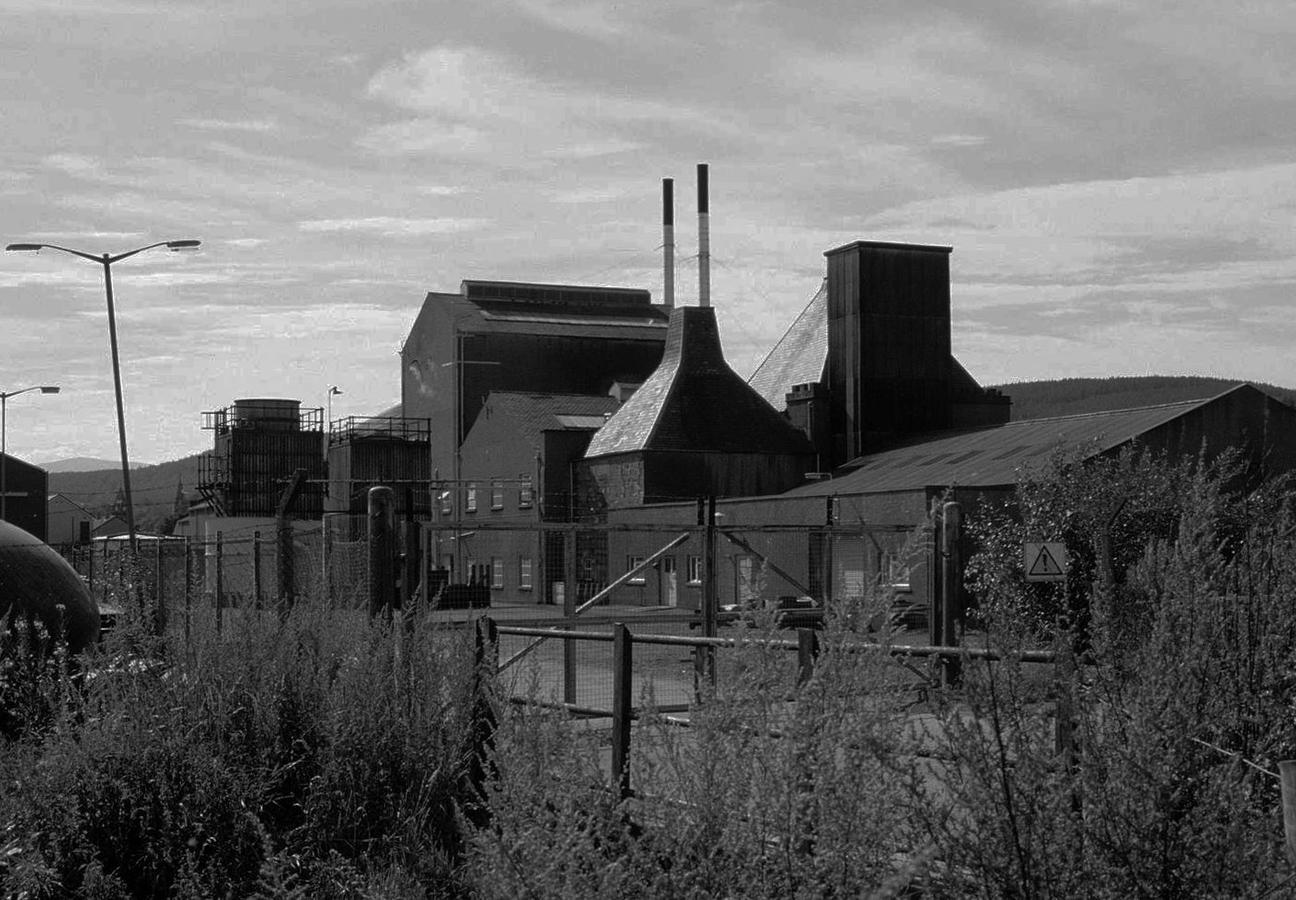
Caperdonich Distillery
It’s the history, Logan says, that makes the Secret Speyside collection such a unique beast. Whether it’s the Single Malts from Braes of Glenlivet, created using water from the two-mile deep Preenie Well, or the traditions of Longmorn — where Masataka Taketsuru, founder of Nikka and godfather of Japanese whisky, cut his teeth — each of these bottles has a personality, a particular importance and a gripping story to tell.
“Is it possible to enjoy a whisky without knowing who made it, where it was made, when it was made and all these other factors?” asks Logan. “Of course. But would you want to?”
Want some more single malt myths debunked? Here’s why you should never add ice to a good whisky…
Become a Gentleman’s Journal member. Find out more here.



